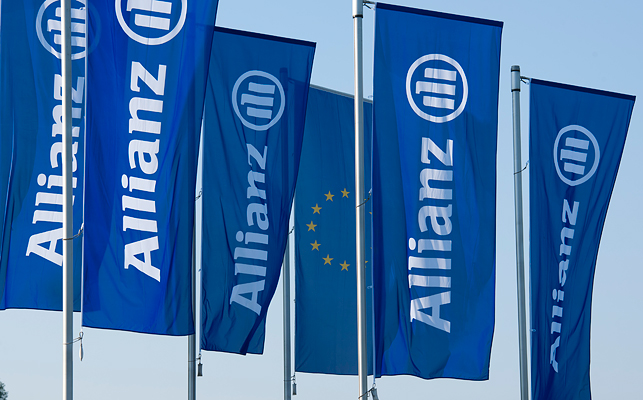So how can insurers use their capital efficiently even while meeting new regulatory needs?
In a report, consultancy firm McKinsey offers several options under three broad categories – transactional levers, such as divesting discontinued products and businesses partly or entirely; structural levers, such as adjusting the product mix; and operational levers such as partnering with specialists for managing these books of legacy products, also called life back books.
The best strategy is to use a mix of options, depending on the nature of the business.
In some cases, handing over the back book to be managed by a specialist is the more viable option. For example, Allianz completed in April the sale of part of its closed life book portfolio in Belgium to Monument Assurance Belgium (MAB).
Such specialists, called consolidators in finance circles, bring three core competencies to the table – efficient policy administration models, strong fixed-interest investment capabilities and integrated capital management, according to a report by Fitch Ratings.
As for structural and operational levers, Allianz has taken several initiatives. Among these are alternative asset management approaches such as investments in commercial property and infrastructure, and partnerships with specialists for policy administration while maintaining the primary customer relationship.
Between 2015 and 2020, the mix of capital-efficient products in Allianz’s overall portfolio has improved to 41 percent from 25 percent.
-book-of-life-risks.jpeg)



